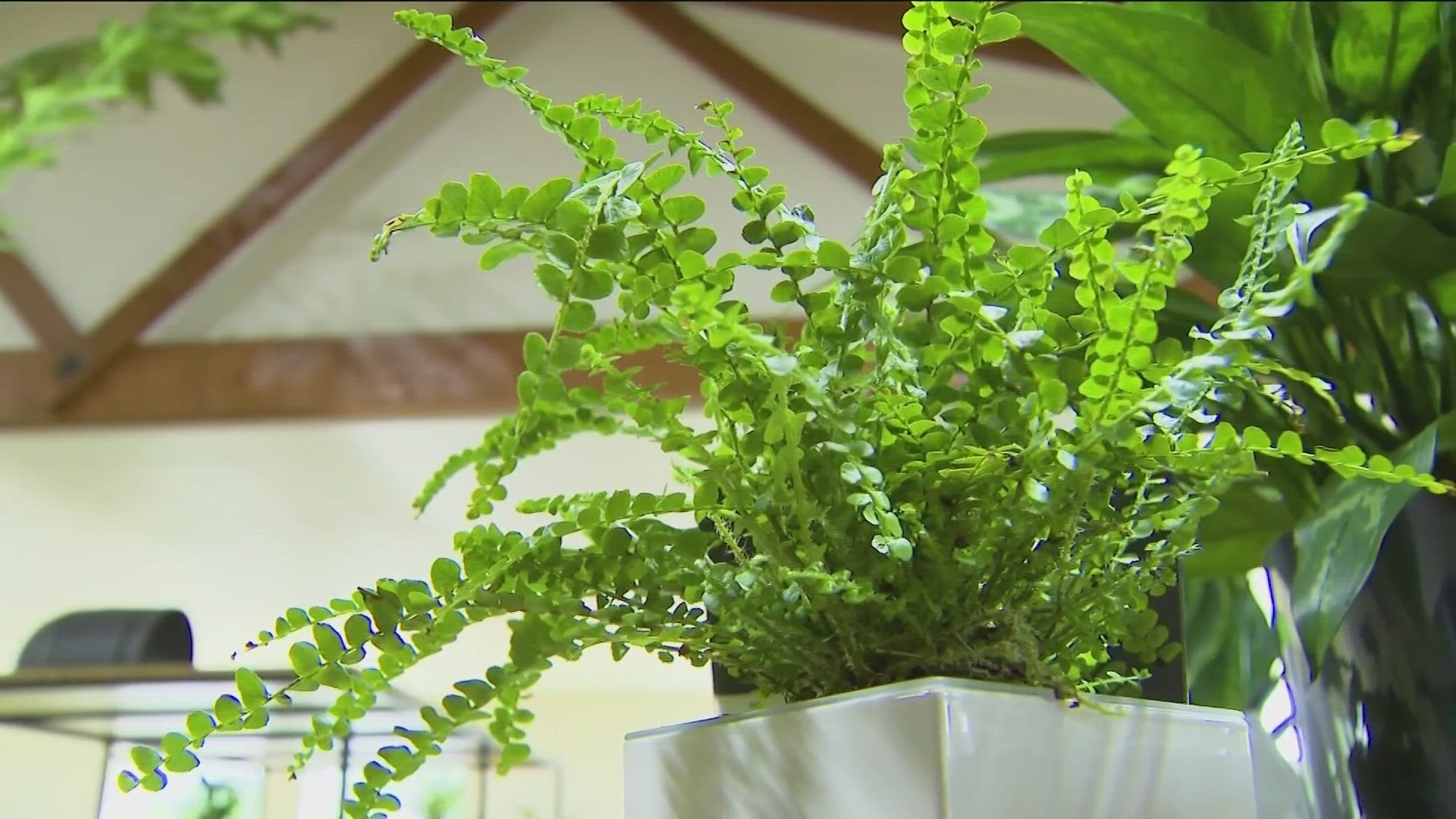BOISE, Idaho — Are you an outdoor gardener, or an indoor gardener? Most of us are a little of both, growing flowers and vegetables outdoors, and houseplants inside. In case you didn't know, there are hundreds of plants that thrive indoors, and some even help purify the air in our homes.
On this edition of You Can Grow It, KTVB Garden Master Jim Duthie takes a trip to an indoor plant boutique to get an idea of the wide variety of beautiful plants you might consider growing in your own home.
Michelle Wood with Greenscapes Boutique has a passion for indoor plants.
“I think it’s a really mentally healthy way to decorate your home," Wood said. "Greenery inside really brings nature indoors, it makes you more relaxed.”
As summer approaches, we tend to turn our attention to our outdoor gardens, but don't forget all the amazing possibility with our indoor gardens.

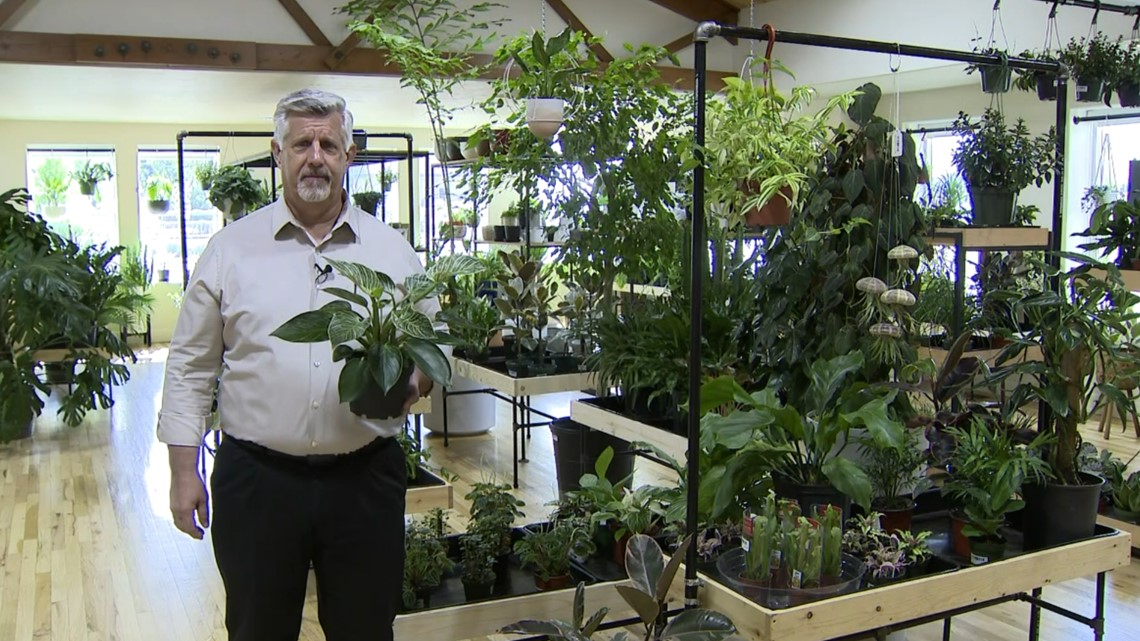
“It’s just a really good way to bring people and nature together, and give them that really nice warm feeling indoors as well as outdoors," Wood said.
There is a large variety of plants at Greenscapes Boutique to bring the outdoors inside, from really big ones, to very small ones. There is even one that doesn't need to be planted in a pot – it's a tillandsia, also known as an air plant.
“Air plants are really popular right now. They don’t require soil. They’re fairly easy to take care of," Wood said. "Medium to high, light plants. You can put them anywhere in your house, you can hang them in your windows, you don’t have to water them very often.”
So, how do air plants survive without soil?
“What they do in their natural habitat is they’ll anchor on to another plant, such as a tree or bark or something like that, and then they take all the nutrients and the moisture from the air around them," Wood said. "We do cute little things like this, and you can do all kinds of stuff with air plants. So, you can hang this up in the window, just like on a little sea urchin shell, and it looks like a little octopus or something, or like a jellyfish.”

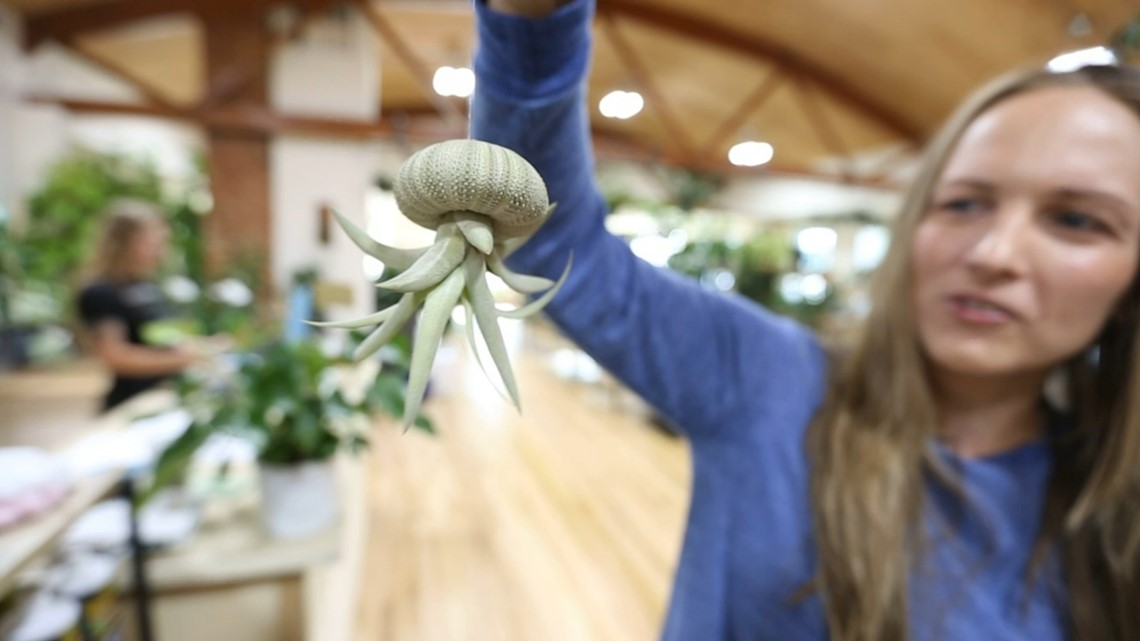
A more common but very popular houseplant is a sansevieria, because they are also very east to care for.
“If you are really into neglecting your plants, these are the guys for you, for sure," Wood said. "You can go months without watering them in the winter time. In the summer time, maybe once a month.”
The sansevieria is also known as the mother-in-law's tongue, or the snake plant, or sword plant.
If you need something to brighten up a dark room, try a limelight dracaena. They actually prefer low light.
"These are a nice low light plant," Wood said. "So, you can put these in not no light, but low light."

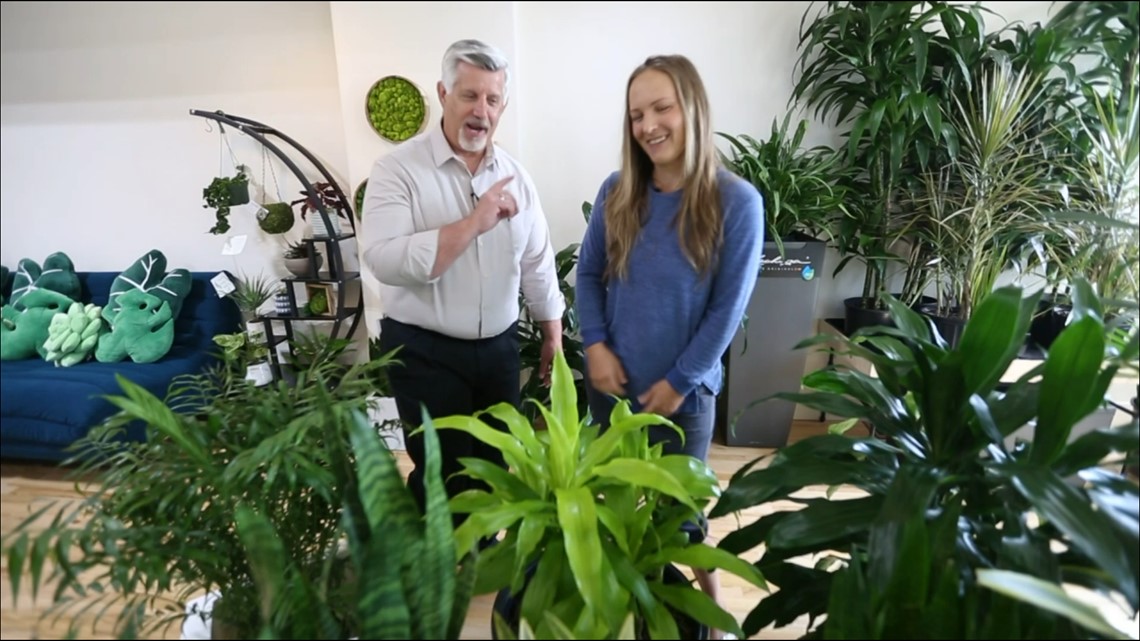
If you are looking for something a little bit exotic, monsteras are fairly common, but this albos variety is quite rare. The white variegation is an extremely popular thing right now with houseplants, according to Wood.

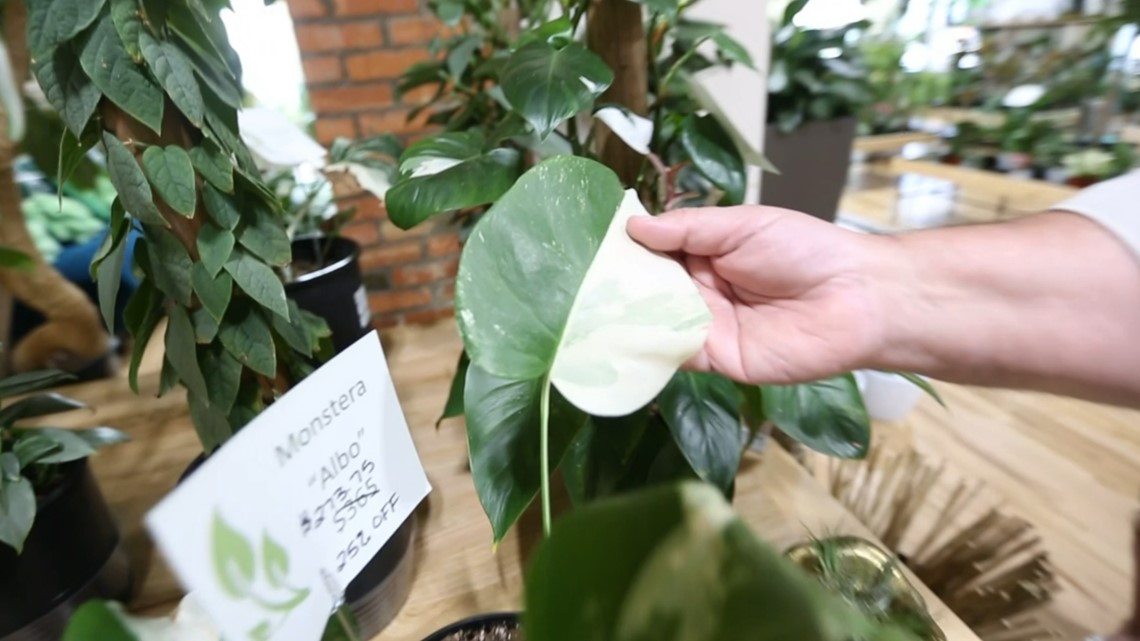
For some added color, consider a caladium. They prefer bright light, and somewhat drier soil.

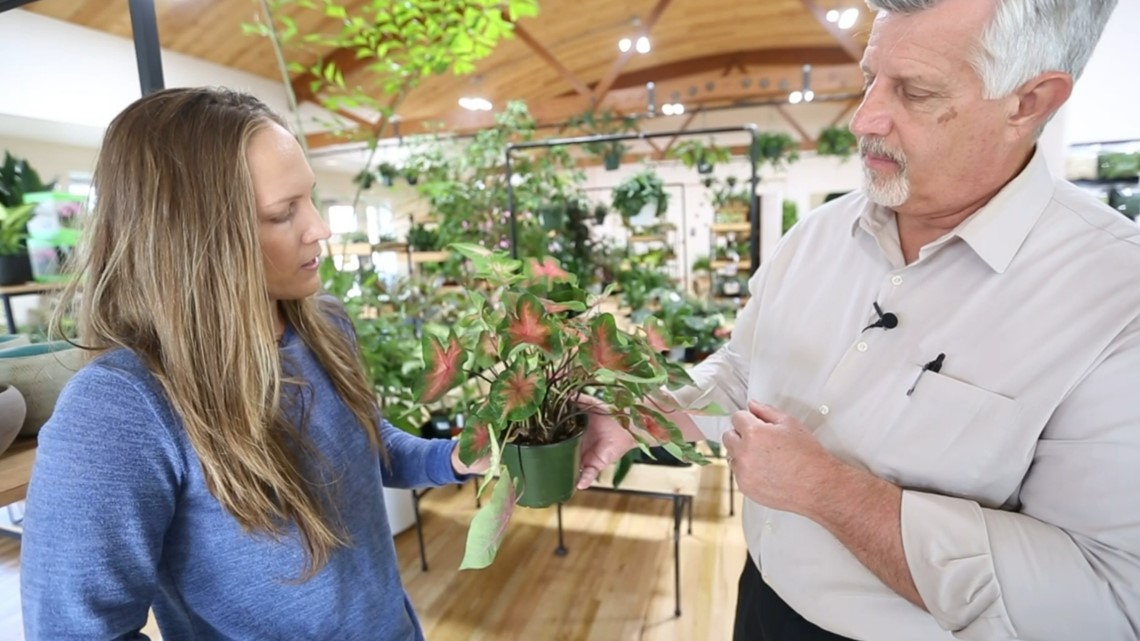
Since these plants are growing in our homes, there are a couple of things to keep in mind:
For one, like outdoor plants, houseplants can be prone to pests, such as thrips, spider mites and mealy bugs. Also be aware of any plants that might be toxic if eaten.
"There are a lot of really great lists online as to what kinds of plants are okay for pets to have indoors," Wood said.
To be successful with houseplants, remember two things to enjoy your beautiful indoor garden for years to come:
“Light and watering are the two biggest things you want to pay attention to with your houseplants," Wood said. "So, enough light and just the right amount of watering.”
Many indoor plants require very little maintenance, ample light, occasional fertilizer and adequate water, but not too much. One of the biggest reasons why houseplants die is because of overwatering.
A list of the 10 best houseplants for 2023, according to 'The Spruce,' can be found by clicking here.
Watch more You Can Grow It:
See them all in our YouTube playlist here:
Download the KTVB mobile app to get breaking news, weather and important stories at your fingertips.

